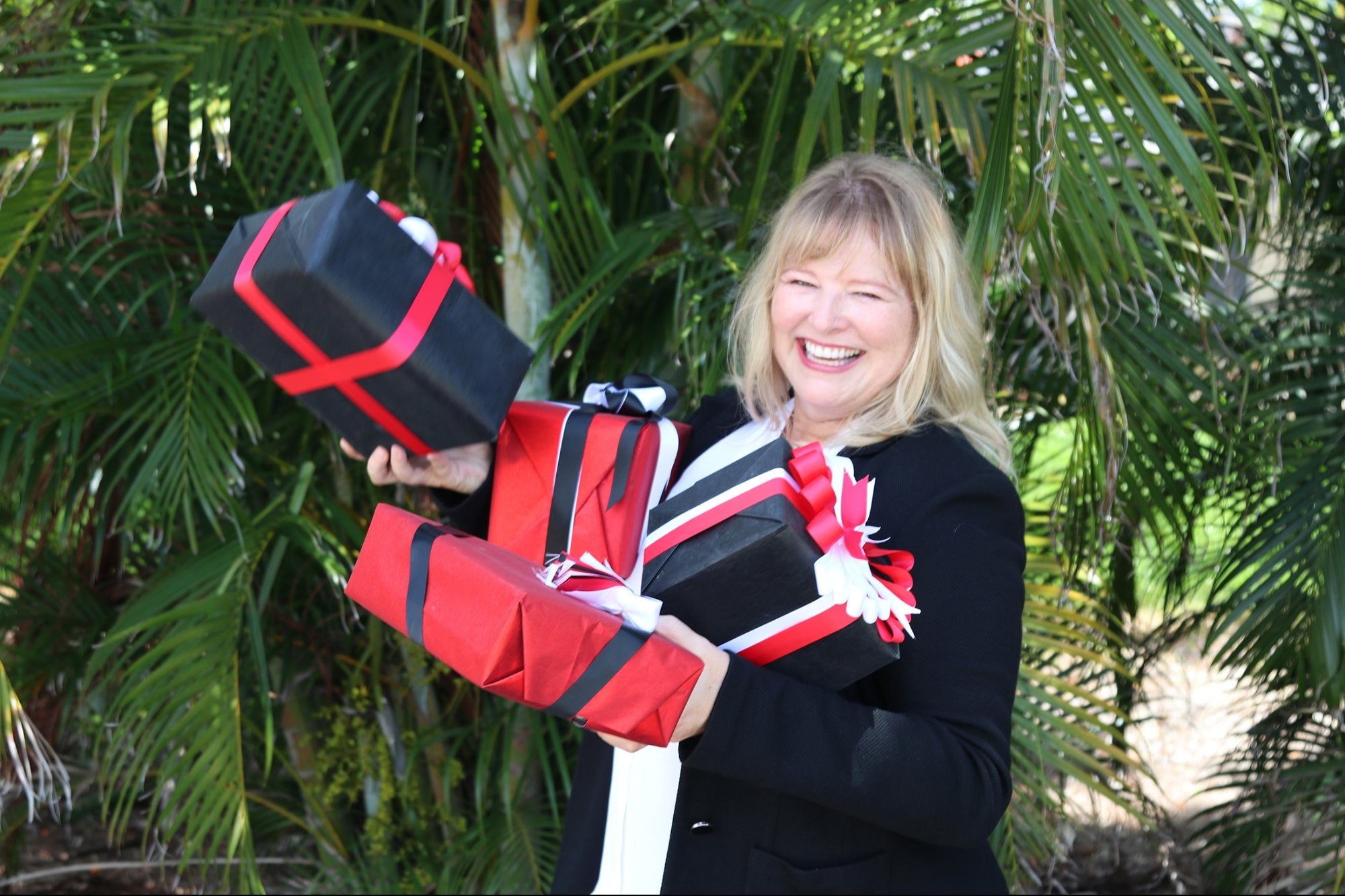Shipping and Handling EssentialsThe basics of setting up a shipping system for your business
You've got your inventory squared away. Now you need tothink about how you're going to get it to your customers.Fulfillment--speeding that package from your garage or warehouse toyour customer's door--is perhaps the single most importantthing you can do in your operation aside from effective marketing.Failure to provide prompt fulfillment will result in morecomplaints, cancellations, refusals of c.o.d. payments andnightmares than just about anything else in the mail orderentrepreneur's world.
So exactly how will you get those packages to your customers?You've seen the TV commercials. Your main choices are the U.S.Postal Service (USPS), United Parcel Service (UPS) and FedEx. Mostmail order mavens use UPS for packages because it's generallycheaper than FedEx, faster than the post office, and has bettertracking capabilities for those nightmarish lost items than thepost office. It pays to comparison shop. Both FedEx and UPS offervarious discounts when you set up an account, so be sure toask--and don't forget to negotiate!
Take a look at your loss ratio when deciding whether to spend alittle and ship U.S. Post or spend more and ship UPS, advises TonyRomano of All USA, an Illinois-based call center and fulfillmentservice. If the product you're sending costs less than $50, goahead and ship first-class or priority mail. If it's more than$50, spend the extra dollars to send it UPS and get trackingcapability.
For those packages that don't necessarily require tracking,it's smart business to offer your customers a choice ofshipping services. You can tell them, for instance, that you canhave their package out to them by U.S. priority mail with anexpected--but not guaranteed--delivery time of three business days.Then you can offer second-day service by UPS or overnight by FedExat an extra cost. Give the customer options. This way people knowyou're working with them, in terms of both price and speed.What a great company!
Out of YourHands
Understanding how the relationship between your business andshipping companies affects customers will go a long way towardkeeping your shipping operations on an even keel. In short, yourcustomers will hold you responsible for any delay in receivingtheir merchandise, even if the delay is caused by the shippingcompany. So be prepared to be sympathetic to complainingcustomers--and stern with the USPS, UPS and FedEx.
"One of the difficult things about a mail orderbusiness," says Caryn O., a textiles merchandiser who runs herbusiness in Georgia, "is that you can work your tail off, butonce you give [the merchandise] to a shipping company, it's outof your hands. For instance, we use UPS a lot. You have doneeverything, you take an order, you get it out, it's great,everything's fine. And then UPS loses it or takes extra timegetting it there. You can have a very distraught, unhappy customerwhen you've done nothing wrong.
"You have to understand that the shipping company is almosta part of your company," says Caryn. "It's anextension, and even though you're not related, your customerdoesn't see it that way. All they know is that they don'thave their package. They don't care when you got it out. Theywant to know where it is now.
"You have to stay on top of things like that," Carynsays. "We're constantly in very close contact with UPS. IfUPS causes a problem for our member, we make UPS call andapologize. We fight for our members and do everything we can tomake it up to them and make them happy."
Pass ThePopcorn
There's a method to everything, including packing and shipping.Here's a list of smart tips for shippers to help you helpyourself and your customers.
- Take a tip from the box boy down at the supermarket. Placeheavier or larger items on the bottom of the box and lighter oneson top.
- After you've got each piece of merchandise in the box,place a piece of cardboard on the very top. This way, if yourcustomer gets carried away with his penknife while slicing open thebox, he won't slash his brand-new goodies as well.
- Use shredded newspaper or actual (unbuttered!) popcorn insteadof Styrofoam peanuts. Your customers will appreciate your concernfor the environment, and if you get hungry while packing, you caneat your materials!
- Indicate which end of the box should be opened first or faceup. Sometimes breakable merchandise will make an entirecross-country trip in one piece, only to smash on thecustomer's floor because he opened it wrong side up.
- Make sure your shipping label is clearly visible to thedeliverer. Some shipping companies will refuse to deliver a packageif any part of the ad-dress is obscured or too small to read.
- Absolutely do not ship to a P.O. box. Most shipping firmscannot deliver to a post office box. Make sure your order takersask for an actual street address.
- Include all invoices, receipts, thank you letters, new catalogsand other printed materials in one envelope with the customer'sname on it, placed on top of the merchandise. This saves yourcustomer the time and frustration of having to dig through packingmaterials to find these things.
- Reuse boxes. It's not only ecologically sound but alsoeconomically smart. When you reuse a box, make sure all old labels,addresses and postage markings are covered up. Stick another labelon top so the delivery man doesn't mix up whom your package isintended for.
- Design packing models so your shippers (and you) know howproducts fit into boxes, how merchandise is folded, stacked ortissue-wrapped, and how packing materials are used. Weigh eachpacking model on a scale and make sure it doesn't go evenone-eighth into the next pound. This cuts postage costs, reducesreturns from damaged goods, and adds to your income by creatinghappy repeat customers.
Bulk Mail
Bulk mail is one of those interesting things in life that can beeither a boon or a bust, depending on how much mail you'resending out, how fast you want it to get there and how much work ofthe tedious variety you're willing to put in.
The obvious advantage of bulk mail is cost savings. Where afirst-class stamp for a 1-ounce letter goes for 37 cents, the sameletter sent bulk rate is significantly less. This sounds great.But--and here we get to a whole list of buts:
- 如果你是刚刚开始,它可能花费你almost as muchto send bulk rate mail as first-class. First you have to purchaseyour bulk mail permit, which will set you back $300 (a one-time feeof $150 and an annual fee of $150). So when you add up your postagecosts, you need to consider those fees as well as the effortrequired to send mail bulk rate.
- You've still got to buy a rubber stamp and stamp each piecewith your permit number and postage. Or rent a postage meter andshoot each piece through the meter. Or pay your printer to imprinteach piece with your meter number and postage.
- Then you have to sort. And sort. And sort again. You begin bysorting to specific areas (by five-digit ZIP codes) and then workyour way to more general areas, bundling the mail in batches of 10or more with rubber bands, labeling each batch with USPS-providedstickers, and then placing it in USPS bulk mail trays.
- Then you have to take your mail trays to an official U.S.Postal Service bulk mail center.
件发送越多,更多的成本-effective bulk mailbecomes. Some mail order software programs will handle the sortingfor you, which makes this even more appealing.
EndlessPermutations
Not all bulk mail fits neatly into the 1-ounce-envelope pricecategory. The U.S. Postal Service has an entire 100-plus-page QuickService Guide devoted to endless permutations of mail sizes,weights and categories, each with its own rules and regulations.And although the post office seems to have made a genuine effort tomake this book user-friendly, it's not. There's a majorlearning curve, here. Of course, the folks down at your local bulkmail center are usually very friendly and will guide you throughanything you need to know, but it's not as simple as licking astamp and sticking it on your letter.
One issue to consider is the time factor. If you're anxiousto get those letters to your customers, you might not want to gobulk mail. Bulk items can take up to two weeks for delivery, whilefirst-class letters get the first-class treatment--usually two tofour days for delivery.
你也应该知道,大部分信件are less likelyto be opened by potential customers than first-class, stamped onesbecause they're perceived as junk mail. This is not to say thatall bulk rate items get tossed--they don't. If yourpresentation is clever and well-conceived, you'll probablyreach your target customers anyway.
What's the bottom line? How you handle your mailings iscompletely up to you. You decide which are the biggestissues--cost, labor, time or customer perception--and what benefitsyou're actually gaining. Don't forget that you canoutsource your bulk mailings to a lettershop, fulfillment center orprinting house. You won't need a permit, and you won't needto spend time sorting and resorting. Be sure to check out thesealternatives before making a final decision.
Have YourCake
If you want a discount mailing rate, but you need the speed offirst-class mail, you can more or less have your cake and eat it,too, by sending your pieces first-class pre-sort. The cost perpiece is higher and you must presort the same as you do for bulkmail. You must also purchase a first-class permit at an annual feeof $150. And where you need only mail 200 pieces to take advantageof the bulk mail rate, with first-class presort you have to send aminimum of 500 pieces.
If you like, you can buy both a bulk mail permit and afirst-class permit and have the option of using either method atany time. For more information on business mailing options, visit"Business Mail 101" on the USPS Web site.










